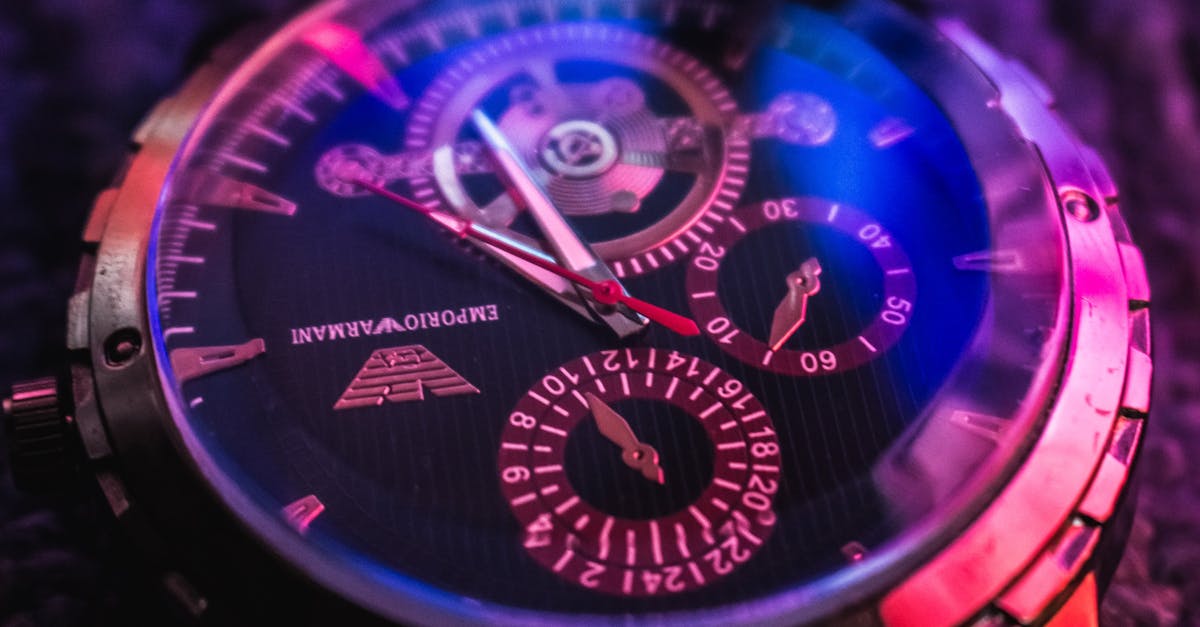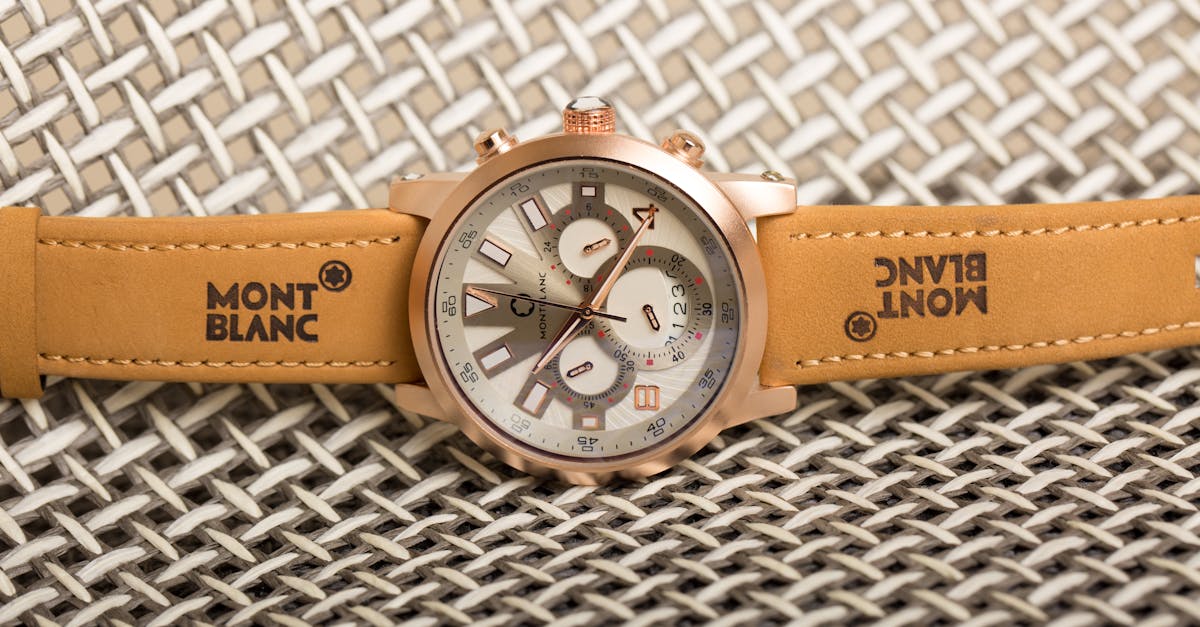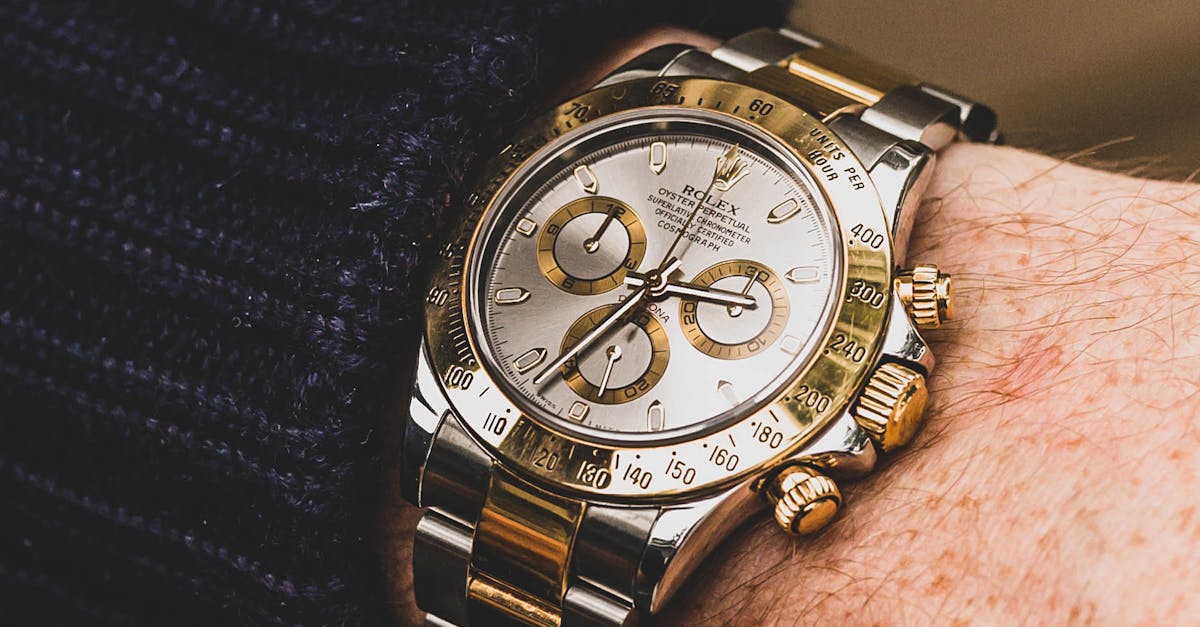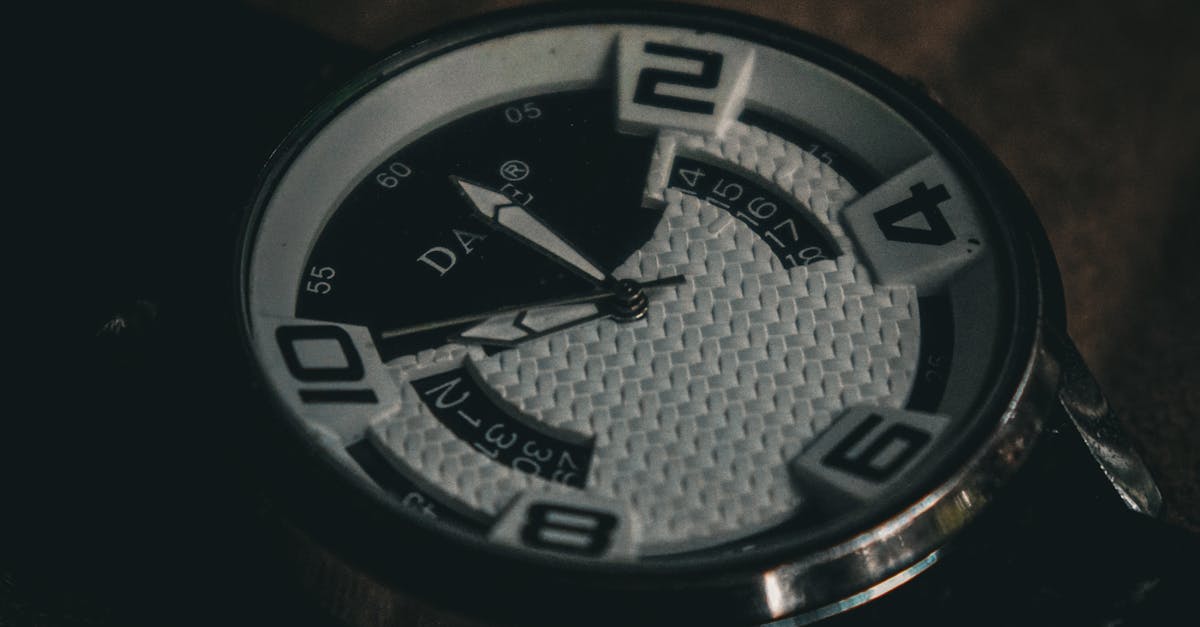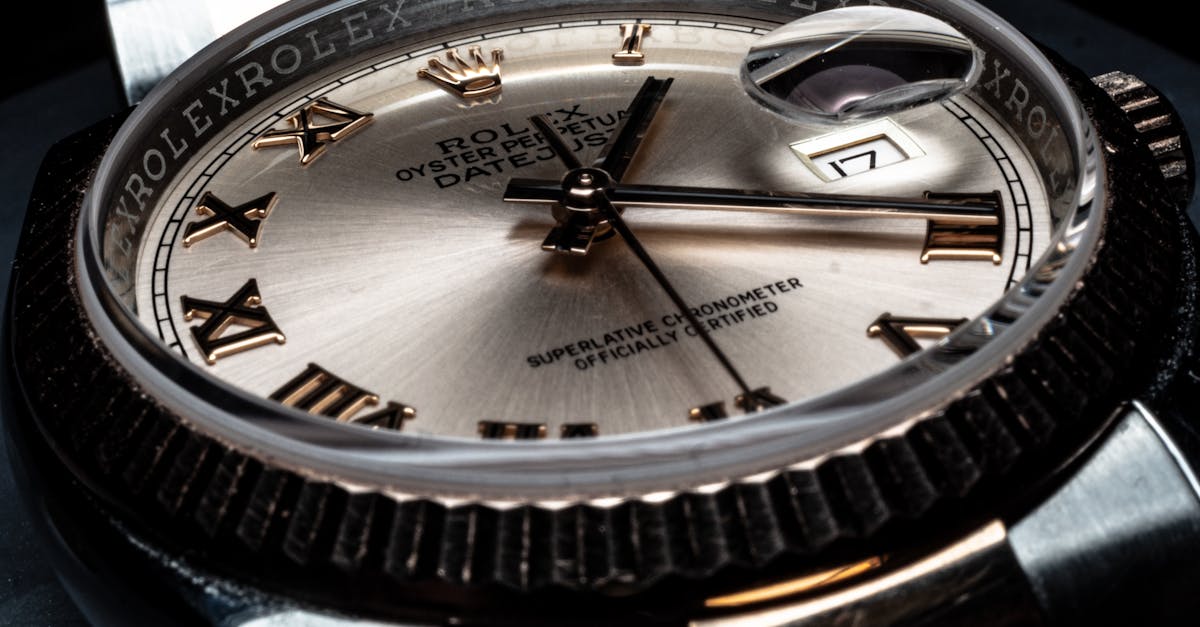Deciphering the Art of Time Measurement: A Comprehensive Guide to Chronograph Watches

In the realm of horology, where time reigns supreme, chronograph watches stand out as精密 and功能 timekeeping marvels. More than just mere displays of time, they are meticulously crafted instruments, capable of capturing the fleeting seconds and measuring the duration of events with unmatched accuracy. With their intricate mechanisms and distinctive aesthetics, chronograph watches have captivated watch enthusiasts and professionals alike, becoming indispensable tools in fields as diverse as sports, aviation, and scientific research.
Join us as we delve into the intricacies of chronograph watches, exploring their unique features, diverse types, and precision capabilities. We will guide you through the world of these horological wonders, empowering you to make informed choices when selecting a chronograph watch that perfectly aligns with your lifestyle and needs. Whether you’re a seasoned watch collector or simply curious about the captivating world of timekeeping, this comprehensive guide will provide you with the knowledge and insights you seek.
So, buckle up, prepare to be amazed, and let’s embark on a journey through the fascinating world of chronograph watches!
1. What is a Chronograph Watch?
In the realm of timekeeping, chronograph watches occupy a unique and prestigious position, transcending the ordinary role of mere time display devices. They are meticulously crafted instruments, endowed with the remarkable ability to measure elapsed time with unparalleled precision. This sets them apart from conventional watches, offering a level of functionality that caters to the needs of those who demand accurate measurement of time intervals.
At the heart of a chronograph watch lies a complex mechanism, carefully orchestrated to capture the fleeting seconds and record durations with impeccable accuracy. This mechanism typically consists of a series of pushers, sub-dials, and a tachymeter scale, each playing a vital role in the chronograph’s functionality. The pushers, usually located on the side of the watch case, serve as the controls for starting, stopping, and resetting the chronograph function. The sub-dials, often found on the watch face, display the elapsed time, typically measured in hours, minutes, and seconds. Finally, the tachymeter scale, usually positioned around the outer rim of the dial, allows for the calculation of speed or distance based on elapsed time.
With their ability to measure elapsed time with such precision, chronograph watches have become indispensable tools in various fields where precise timing is crucial. From the racetrack to the laboratory, from the cockpit to the operating room, chronograph watches have earned their place as trusted companions for professionals and enthusiasts alike. Whether you’re a seasoned pilot navigating the skies, a doctor performing a delicate surgery, or simply someone who appreciates the art of precision timekeeping, a chronograph watch is a valuable asset.
2. Distinctive Features of Chronograph Watches
Delving into the distinctive characteristics of chronograph watches unveils a world of intricate mechanics and purposeful design. These timepieces are not merely adorned with additional dials and scales; each element serves a specific function, contributing to the chronograph’s ability to measure elapsed time with precision.
At the core of a chronograph watch’s functionality lie the pushers, usually found on the side of the watch case. These buttons act as the controls for the chronograph function, allowing the wearer to start, stop, and reset the timing sequence with ease. Typically, there are two pushers, one for starting and stopping the chronograph, and another for resetting it to zero.
Equally important are the sub-dials, often found on the watch face, which display the elapsed time. These sub-dials are typically divided into hours, minutes, and seconds, providing a clear and intuitive way to track the duration of an event. Some chronograph watches may feature additional sub-dials for measuring fractions of a second or for tracking multiple timing sequences simultaneously.
Finally, the tachymeter scale, usually positioned around the outer rim of the dial, adds another layer of functionality to the chronograph. This scale allows for the calculation of speed or distance based on elapsed time. It is commonly used in conjunction with the chronograph function to determine, for instance, the speed of a moving object or the distance traveled over a specific time interval.
3. Types of Chronograph Watches
The world of chronograph watches extends beyond a singular design, encompassing a spectrum of types, each boasting its own unique set of complications and characteristics. These complications, additional features that enhance the functionality of the watch beyond basic timekeeping, often define the type of chronograph watch and cater to specific needs and preferences.
Mechanical chronograph watches, considered by many to be the epitome of horological craftsmanship, rely on a complex network of gears, springs, and levers to power their intricate mechanisms. These watches are highly prized for their precision, durability, and the sheer beauty of their intricate movements. However, they also require regular maintenance and servicing to ensure optimal performance.
Quartz chronograph watches, on the other hand, utilize an electronic oscillator to regulate timekeeping, offering exceptional accuracy and reliability. Powered by a battery, these watches are generally more affordable than their mechanical counterparts and require minimal maintenance. Their digital displays often provide additional features, such as multiple time zones and alarms.
Hybrid chronograph watches, as the name suggests, combine elements of both mechanical and quartz movements. These watches typically feature a mechanical chronograph module integrated into a quartz movement, offering a blend of precision and functionality. They often retain the classic look and feel of a mechanical chronograph, while benefiting from the accuracy and reliability of a quartz movement.
4. Applications of Chronograph Watches
Chronograph watches are not mere timekeepers; they are versatile tools that have found their place in a wide range of fields, each harnessing their unique ability to measure elapsed time with precision. From the adrenaline-fueled world of sports to the high-stakes environment of aviation and the meticulous realm of scientific research, chronograph watches have proven to be invaluable companions.
In the world of sports, chronograph watches are indispensable for measuring performance and tracking progress. Athletes rely on them to time their laps, monitor their pace, and analyze their performance data. From sprinters to swimmers, from cyclists to race car drivers, chronograph watches provide the precise timing data they need to optimize their training and achieve peak performance.
In the field of aviation, chronograph watches have long been trusted companions for pilots. They assist in precise navigation, helping pilots calculate speed, distance, and fuel consumption. The tachymeter scale, a hallmark of many chronograph watches, allows pilots to quickly determine their speed based on the time it takes to cover a known distance. This information is crucial for maintaining accurate flight plans and ensuring safety in the air.
Scientific research also benefits from the precision timing capabilities of chronograph watches. Scientists use them to measure reaction times, monitor experimental processes, and collect data over specific intervals. The ability to accurately measure and record time intervals is essential for conducting experiments, analyzing results, and advancing our understanding of the world around us.
5. The Precision of Chronograph Watches
Chronograph watches stand out not only for their functionality but also for their remarkable precision in measuring time intervals. This level of accuracy is achieved through a combination of intricate mechanical engineering and advanced electronic components.
Mechanical chronograph watches, powered by the intricate dance of gears and springs, often feature a balance wheel that oscillates at a consistent frequency. This oscillation rate governs the precision of the watch, ensuring that it gains or loses only a minimal amount of time each day. Some high-end mechanical chronographs can achieve an accuracy of up to a few seconds per day, rivaling the precision of atomic clocks.
Quartz chronograph watches, on the other hand, rely on a quartz crystal to regulate their timekeeping. Quartz crystals vibrate at a very stable frequency when subjected to an electrical current. This vibration is used to generate precise electrical pulses, which in turn drive the watch’s display. Quartz chronograph watches typically offer even higher precision than mechanical chronographs, with some models achieving an accuracy of a few seconds per year.
6. Choosing the Right Chronograph Watch
Selecting the right chronograph watch is a matter of carefully considering your individual needs and preferences. Functionality, style, and budget are the three main factors to keep in mind when making your decision.
First, think about the functionality you need in a chronograph watch. If you’re a professional athlete or scientist, you’ll need a watch with high precision and advanced features. If you’re a casual watch enthusiast or simply appreciate the aesthetic appeal of chronographs, a more basic model may suffice.
Next, consider the style that complements your taste and lifestyle. Chronograph watches come in a wide range of designs, from classic and understated to sporty and bold. Choose a watch that aligns with your personal style and the occasions you’ll be wearing it for.
Finally, set a budget and stick to it. Chronograph watches can range from a few hundred dollars to tens of thousands of dollars, depending on the brand, materials, and features. Determine how much you’re willing to spend and research watches within that price range.
Quiz: Test Your Chronograph Watch Knowledge
- Multiple Choice: What is the primary function of a chronograph watch?
- (a) Displaying the current time
- (b) Measuring elapsed time
- (c) Tracking multiple time zones
- (d) Calculating speed and distance
- True/False: All chronograph watches are mechanical.
- (a) True
- (b) False
- Multiple Choice: Which of the following is NOT a component of a chronograph watch?
- (a) Pushers
- (b) Sub-dials
- (c) Tachymeter scale
- (d) Flyback function
- True/False: Chronograph watches are only used by athletes and scientists.
- (a) True
- (b) False
- Multiple Choice: When choosing a chronograph watch, the most important factor to consider is:
- (a) Brand
- (b) Price
- (c) Functionality
- (d) Style
Answer Key:
- (b) Measuring elapsed time
- (b) False
- (d) Flyback function
- (b) False
- (c) Functionality
